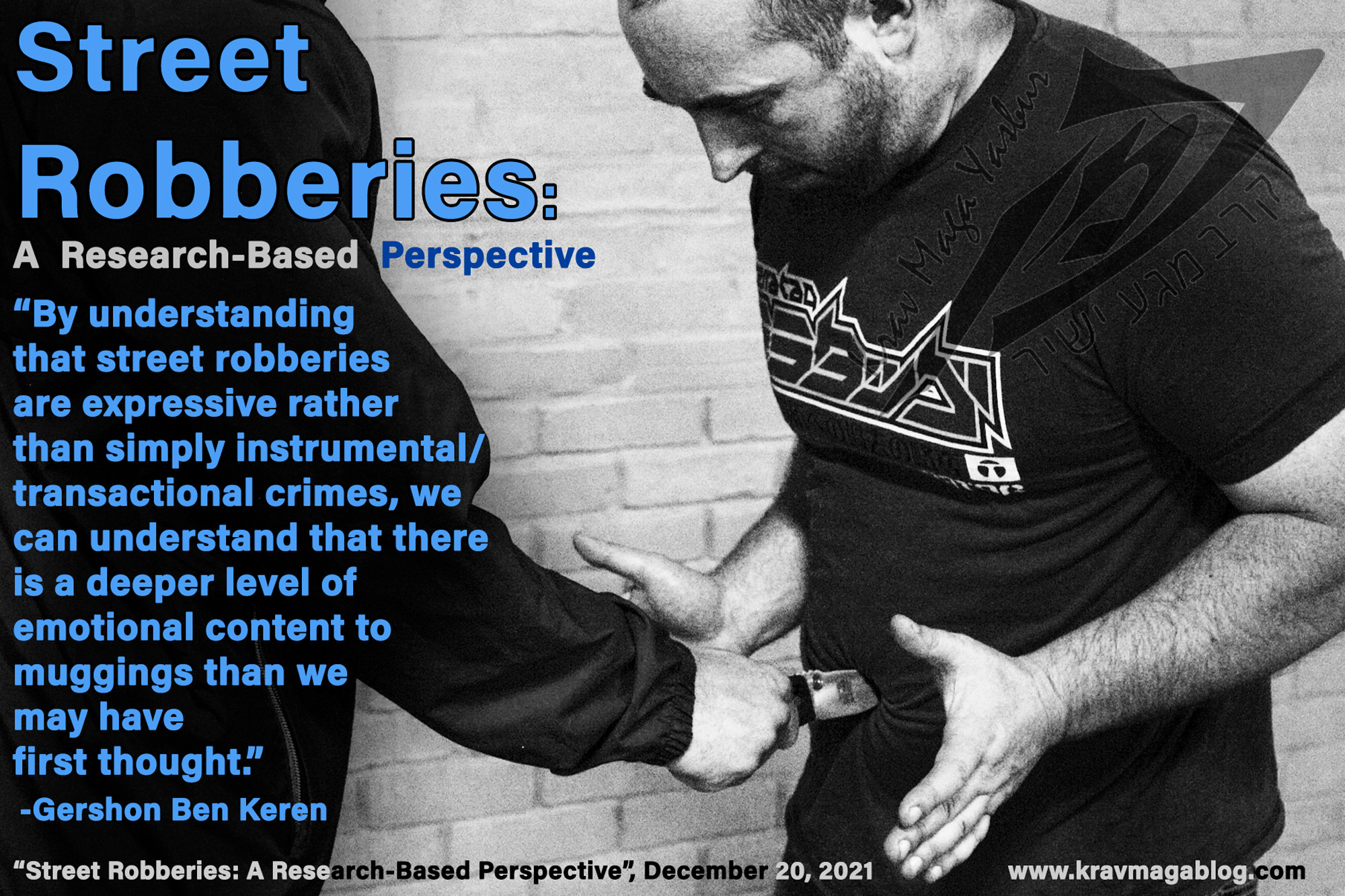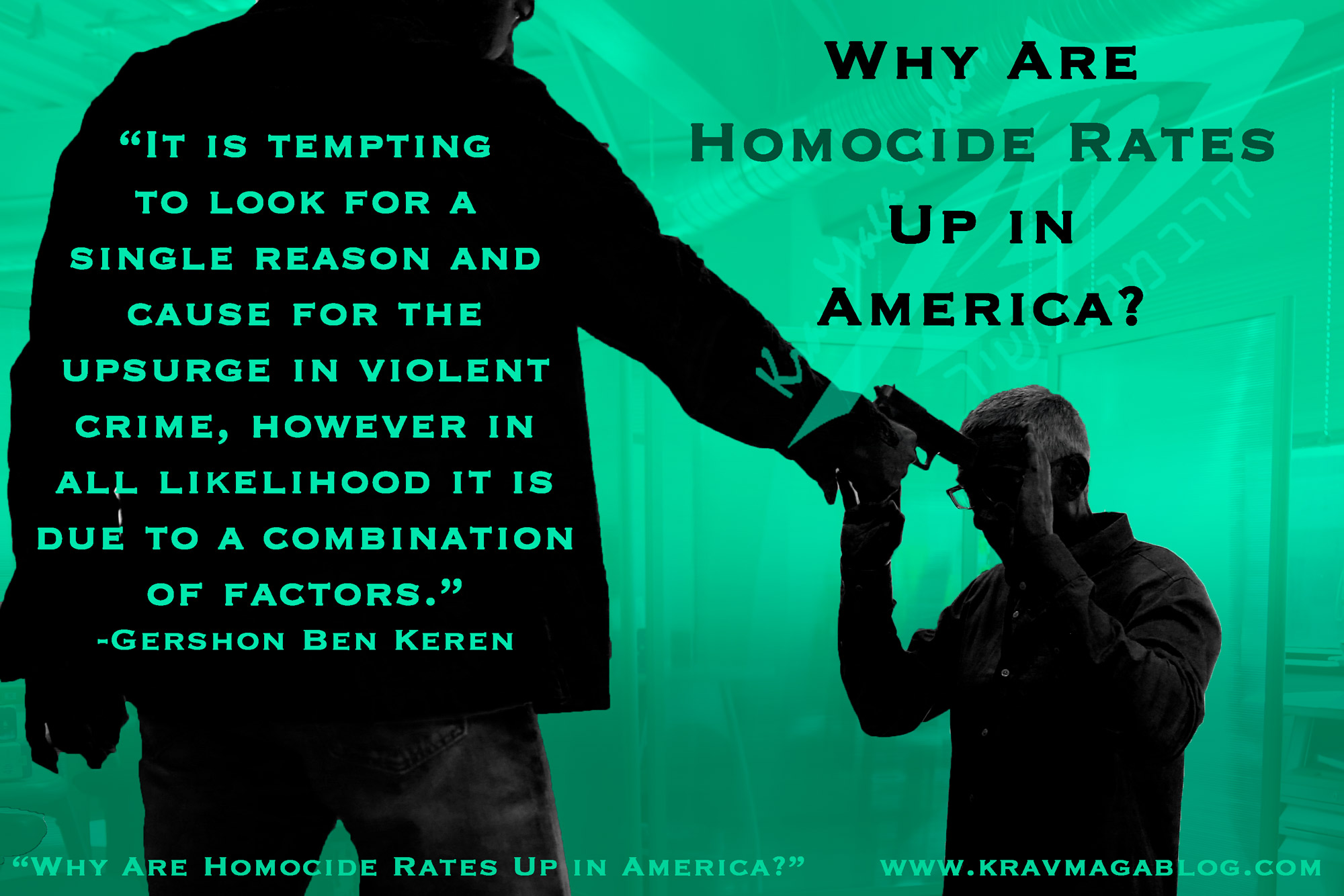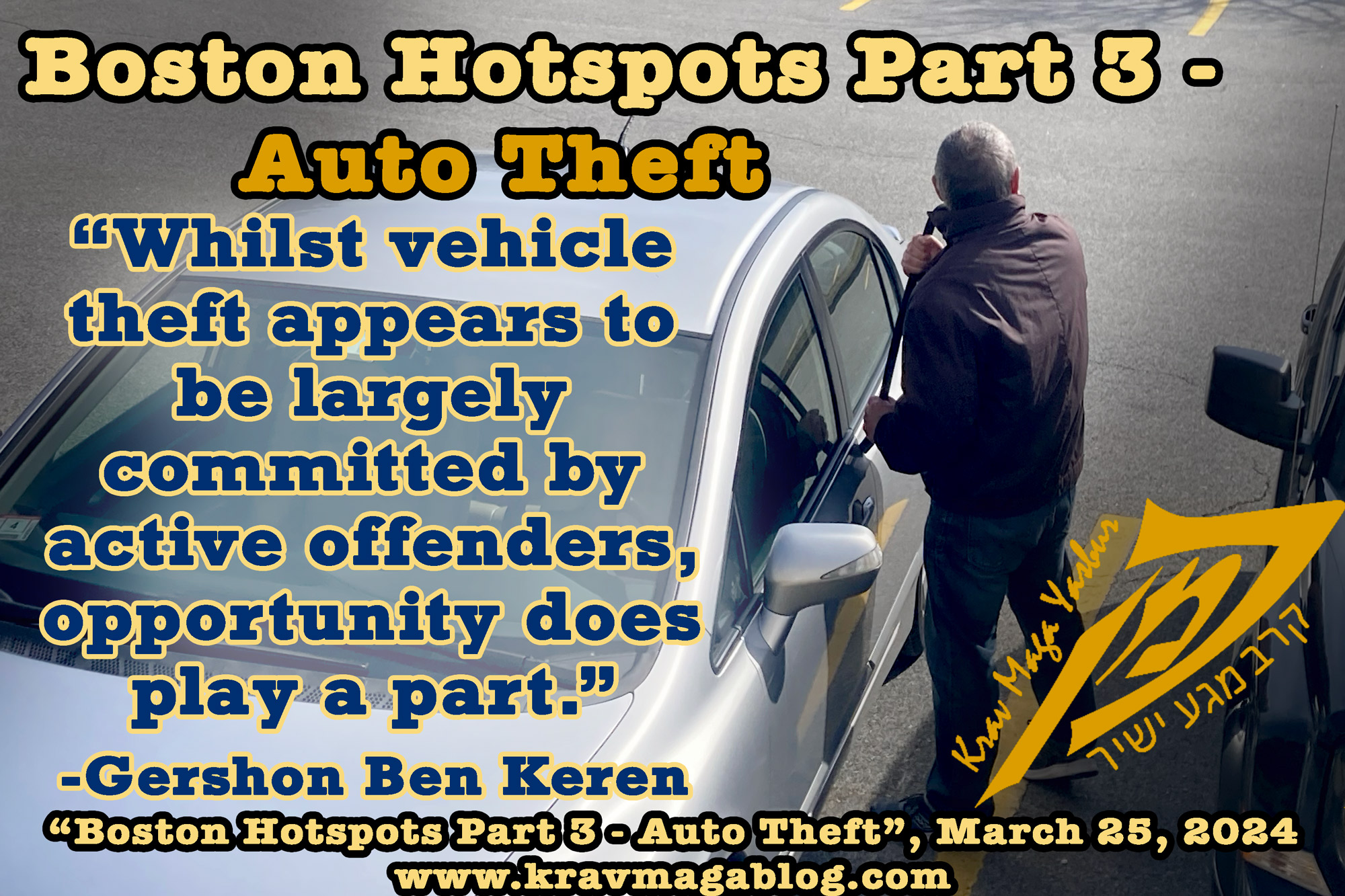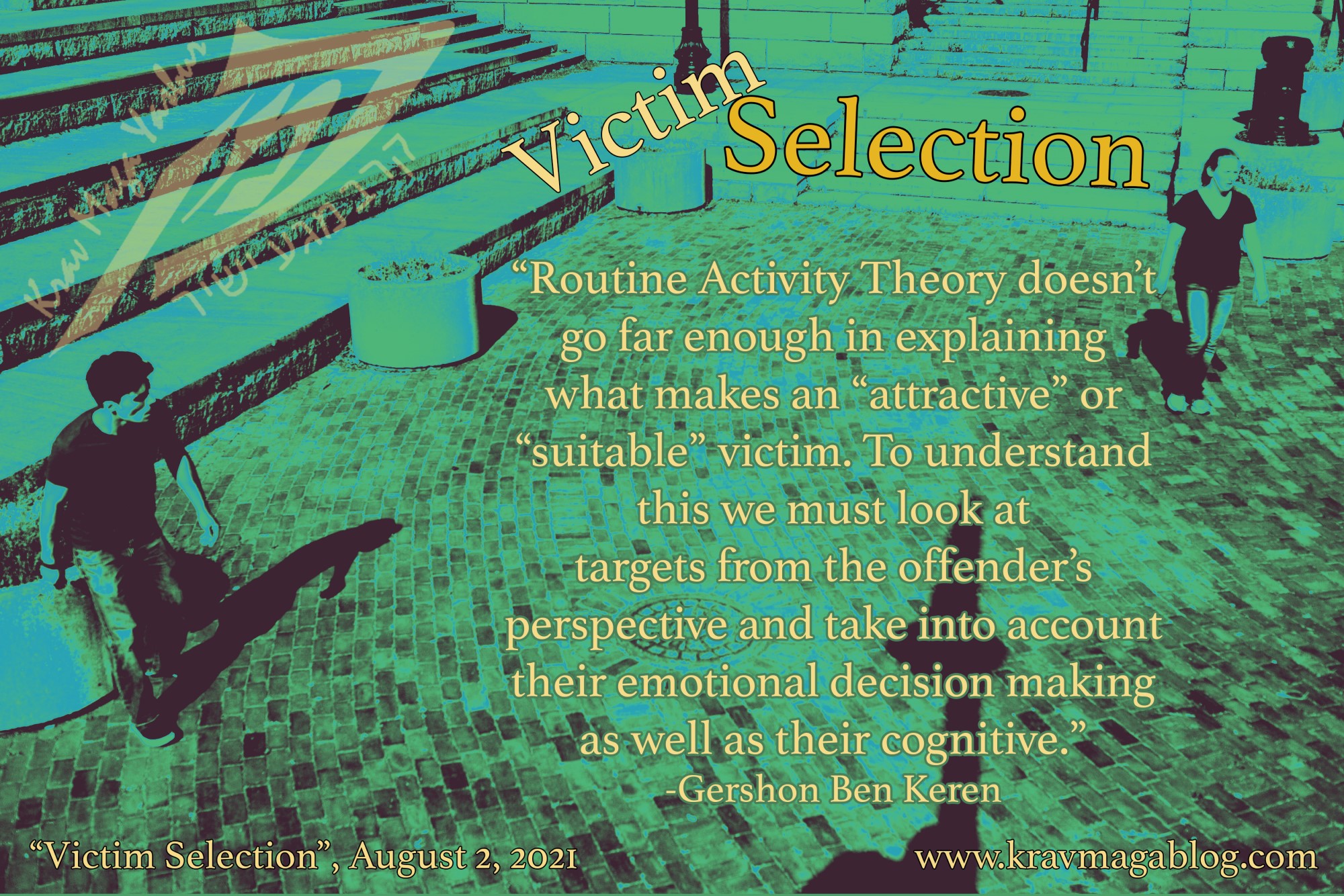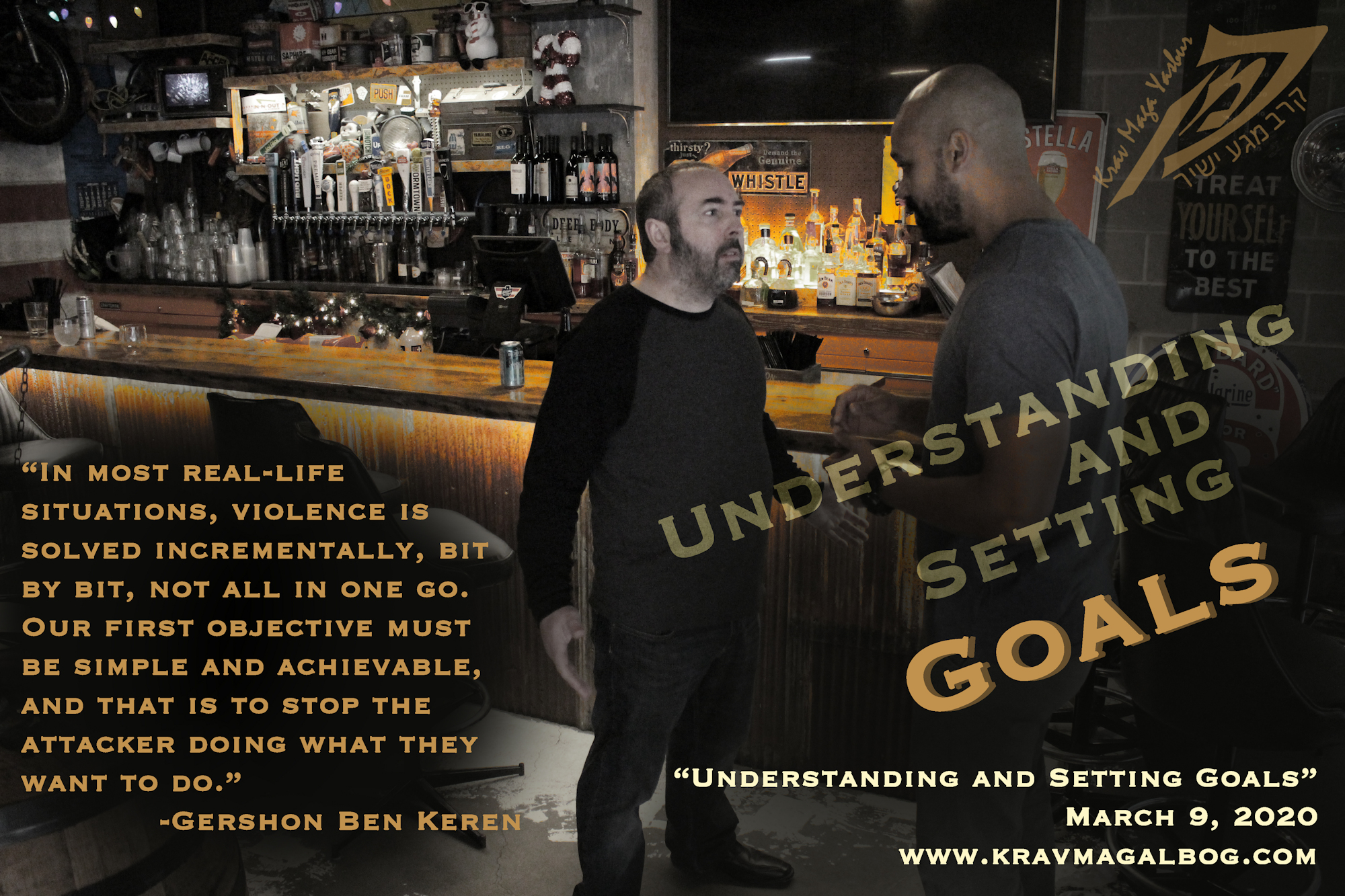Understanding & Setting Goals, is an article written by Gershon Ben Keren, a 5th Degree Black Belt in Krav Maga, who teaches Krav Maga in Boston, MA. He has also authored three Amazon best-Selling Books on Krav Maga.
With every endeavor It’s good to have an idea of what you’re trying to accomplish, and whether you possess the means to accomplish it. Dealing with violence is no different. However, in the moment it can be difficult to identifying exactly what that goal is. When I competed in Judo it was very clear, either throw, pin or submit your opponent; other combat sports have similar, defined outcomes that you are trying to achieve. Real life violence is often more complex, due to the number of different moving parts and unknowns that are inherent in any situation e.g. do you have young kids with you? Are you in your house, on an escalator, or in a subway car? How many people might you have to deal with? And this list goes on. Therefore, it is good to have some basic heuristics/rules of thumb, that can help guide your decision making, in order to prevent over-thinking, and freezing yourself into inaction.
It’s natural that we want a violent incident to be over as quickly as possible, and for whatever “technique(s)” we employ to conclusively deal with the situation, and allow us to be on our way and unharmed, in a matter of seconds. Unfortunately, this is not realistic as techniques aren’t solutions; they’re simply a set of tools and an illustrated map (not even a blueprint), that can help guide our responses. Training techniques without putting them in a context, and a dynamic, ever-changing scenario can make us think of them as something more powerful than they are. Techniques can help us create solutions to violence, but they’re not a solution in and of themselves. In most real-life situations, violence is solved incrementally, bit by bit, not all in one go. Our first objective must be simple and achievable, and that is to stop the attacker doing what they want to do e.g. if they want to sexually assault us which will involve removing our clothing, we must stop them from doing this, etc. Often, the task that an aggressor is involved in is more complex than the task of stopping them. I don’t know much about repairing a car engine, but it would take me only a few moments with a hammer and wire cutters to prevent the car from being drivable. Often, we over-complicate our tasks in self-defense scenarios and fail to recognize, that our assailant’s tasks may be the more complicated. It is far easier to charge, and rugby tackle an active shooter who is changing a magazine/clearing a jam, than it is for them to engage in this action, especially when they are put under pressure (something that has been seen time and time again e.g. New Zealand Mosque Shooting March 2019, Thalys Paris Train Attack August 2015, Thurston High School Shooting 1998, etc.). Thinking too far ahead is often what causes people to freeze and/or question their ability to handle a situation, whereas working incrementally, and looking to prevent an attacker from doing what they want to, in that moment and at each individual stage of the altercation breaks the fight down into more manageable chunks. It’s a tactic, not a strategy.
My overall strategy is one of engagement to create disengagement opportunities. I don’t want to be in a fight, and in many cases when things get physical, I don’t have to be – that is, if my goal is to disengage from it. If when an aggressor intent on causing me harm steps in, to close distance, and I can get a hand in to their face to disrupt their attack, and then run, I don’t have to fight. If I want to punish them, teach them a lesson, prove my “manhood” and satisfy my fragile ego, then I’m going to have to stay and fight; otherwise I probably don’t have to. If somebody wants me to step into a shipping container with them and have the door locked until a clear “winner” emerges, I’m going to pass on that one. In most situations, we usually have a disengagement opportunity at some point in the conflict, and if we don’t take it, the question has to be why? If you can get away safely, during some stage in the fight and you choose not to, you’re no longer fighting for survival, which may have serious consequences for any plea of self-defense you make i.e. if you claim that you were only using physical force to defend yourself, but when you had a chance to avoid being in that fight you didn’t take it, and continued to “attack” your assailant, you will be on dodgy legal territory, and you may in that moment be deemed not to be acting in self-defense, and in fact guilty of using excessive and unnecessary force, etc. At the “start” of the fight you may not have been able to avoid it, but that may change as the fight progresses. I get the old adage of “better to be tried by twelve, than carried by six”, however most acts of social violence aren’t a matter of life and death, and continuing to fight a criminal and/or civil suit after the physical incident probably means that overall you come out as the “loser”. Disengagement can get clouded due to the locations where assaults may take place e.g. if you are attacked in your home – and you’re on your own – it’s easier to leave than force your assailant to (you’ve stopped them doing what they want to do to you by disengaging). The next step is to find a way to get them out of your house e.g. call law enforcement. Territoriality can cause us to miss such disengagement opportunities, and we should be aware of this.
Too many people make the attacker’s job an easy one, and it’s sometimes only necessary to make their task more complex that either allows us to prevent the assault, or make our job of countering it that much simpler e.g. let them have the job of assembling an internal combustion engine, whilst we take on board the task of preventing it from working. I acknowledge that this is a simplistic analogy, however it can reduce the task of managing and dealing with violence into something that becomes achievable for many who feel it is not. Working one step at a time, to stop the assailant doing what they want to us, can be an easier goal to set and work towards than trying to render a 300lb monster unconscious; and if our ultimate goal is to disengage and get out of there, then this is all we need concern ourselves with doing.
0 COMMENTS

